How to Live a Mud-Free Life
Mud. It’s a prevalent problem most horse owners face year-in and year out, and can cause an array of issues. When moisture takes over the ground and horses walk over it regularly, mud develops and can cause more than a mess.
Though it’s a battle that’s been fought for ages—from slipping and losing shoes to chronically soft hooves and regular infections to problems cleaning paddocks—mud needn’t stand between your horse and his well-being, not to mention a sanitary, attractive farm. So, how do you fix a muddy horse paddock? Following are five tips to help manage mud in your high-traffic areas.
MUD CONTROL RECOMMENDATIONS FOR HIGH-TRAFFIC AREAS
Evaluate your current footing
The type of footing you have plays a large role in how much or how little mud you have to deal with. Chipped or shredded wood products, gravel, or coarse sand make good bases that drain well, though some require more maintenance than others. Depth plays an important part as well. A good rule of thumb is to put down twice as much footing as you have mud in the winter.
Divert Water Thoughtfully
The gutters and downspouts on your barn can be a big asset if you utilize them properly. Place them so that they divert water away from paddocks that are susceptible to mud and you’ll see an immediate improvement. The clean rainwater can instead be directed into a grassy or well-vegetated area, a ditch, a dry well, rain barrels, a stock watering tank, etc.
Strive for Less Traffic
There’s no doubt about it: Less horse traffic means less mud. For optimum land health, each horse that is turned out full-time should have one to two acres of pasture available. This, of course, isn’t possible for many horse owners, so when space is limited, it is important to take extra care to prevent damage to the land.
Make a Plan
If you’re building a facility from the ground up, don’t overlook the logistics of paddocks and pastures. Plan out the whole property carefully. You can avoid mud management issues for your horses by arranging paddocks in an area that is graded, with high traffic spaces like gates, water troughs, and run-ins at the highest point to promote drainage.
Utilize Proven Draining Systems for long-term solutions
One of the easiest and most effective ways to manage mud in a horse paddock or pasture is to employ a draining system. Footing Solutions USA’s variety of Ground Mats and Grids, including HIT DrainGrid pavers provide a level and dry sub-base in paddocks. This allows water to drain effectively—preventing a muddy, unhealthy mess.
Easy to install, our HIT DrainGrids work by directing water vertically and horizontally away from the surface. With a patented design, they are a heavy-duty interlocking system of grids designed for high traffic areas.
Alternatively, our EURO Base Mats are gentle enough for barefoot horses, yet provide excellent stability and skid resistance in addition to thwarting the development of mud. Water quickly flows through the drainage holes, preventing your horses from standing in a muddy paddock. NO SUB-BASE IS NEEDED FOR SUPER EASY INSTALLATION.
If you’re sick of battling with hoof health issues and maintenance woes due to mud, draining tools—as well as following our other tips—will help take the work out of wet seasons at your farm. Contact us for additional information on mud management for horses and our base mats, as well as a free quote.
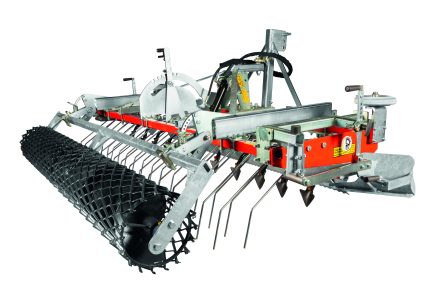
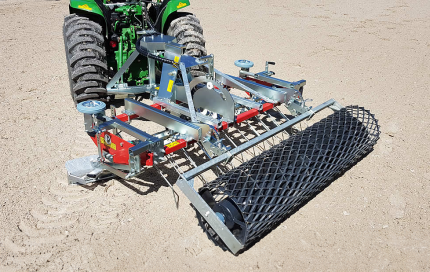
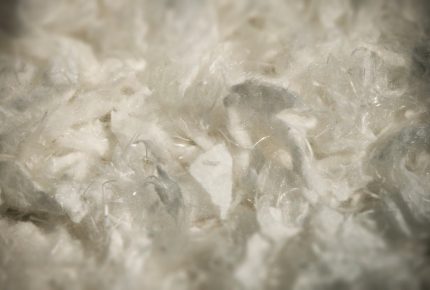
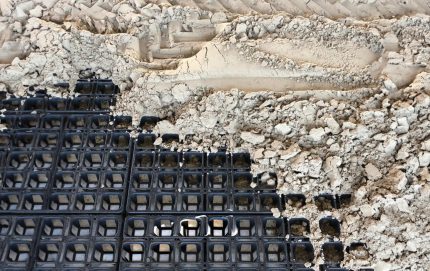
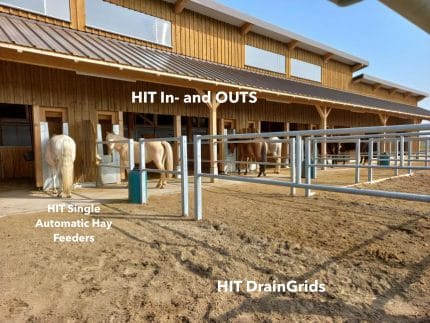
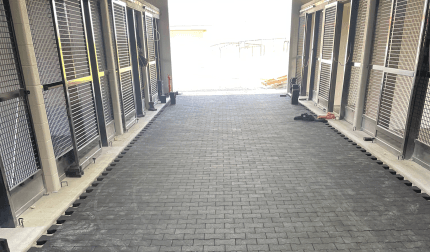

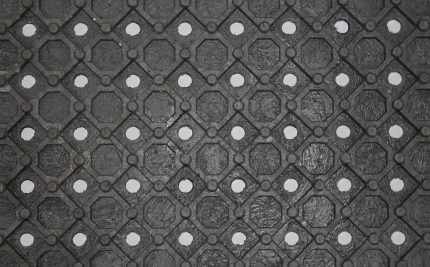
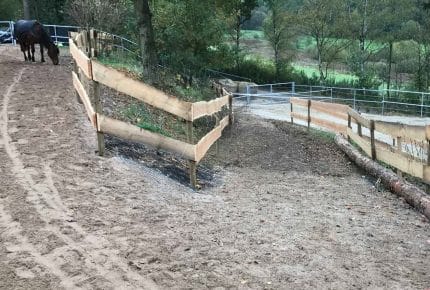

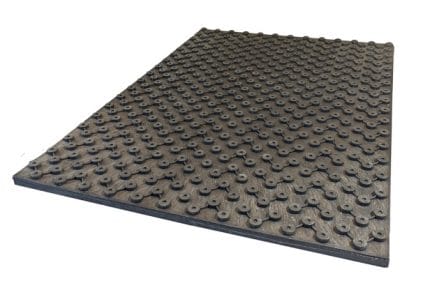

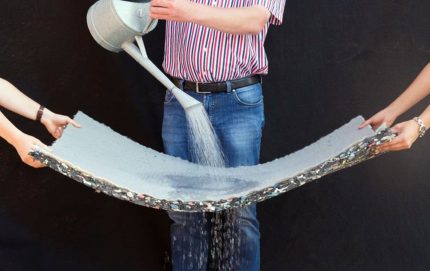

 Geotextile Arena Footing
Geotextile Arena Footing Ground Mats and Grids
Ground Mats and Grids Subsurface Irrigation
Subsurface Irrigation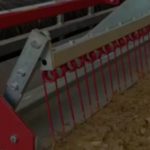 Arena Drags & Groomers
Arena Drags & Groomers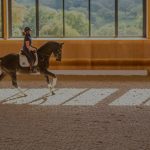 Mirrors and Kickwall
Mirrors and Kickwall Horse Wellness
Horse Wellness Dust Control
Dust Control